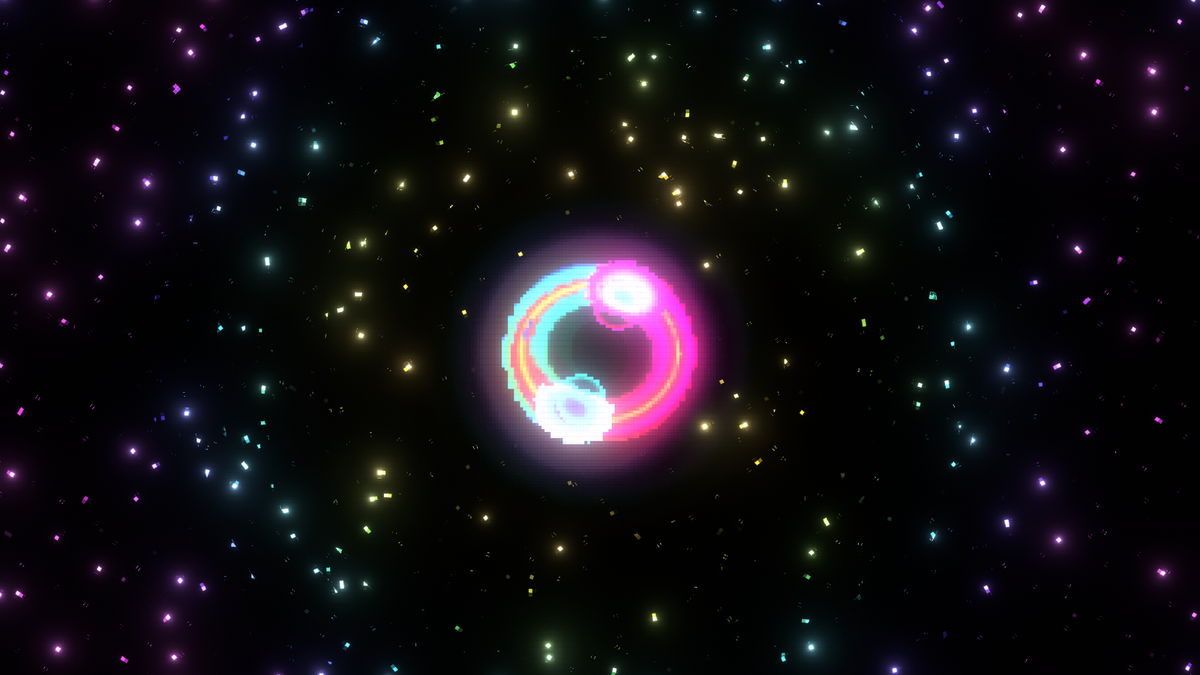
I have a day job: I’m a casting associate by day, critic by night. In Toronto’s entertainment industry, summers are frequently packed with new films and series, filling my days with emails that need responses and auditions that need sending. As we near the winter months, things tend to slow down, leaving me with more time for, shall we say…extralaborious activities. Being handed a review code for Ball x Pit just as the workload waned was a blessing; the moments of waiting for my next email became opportunities for just one more run. I loved Ball x Pit. I loved it for the holes pits in my day that it filled, making the hours fly by startlingly quickly. But it made me wonder - how much does context affect the critical mindset?
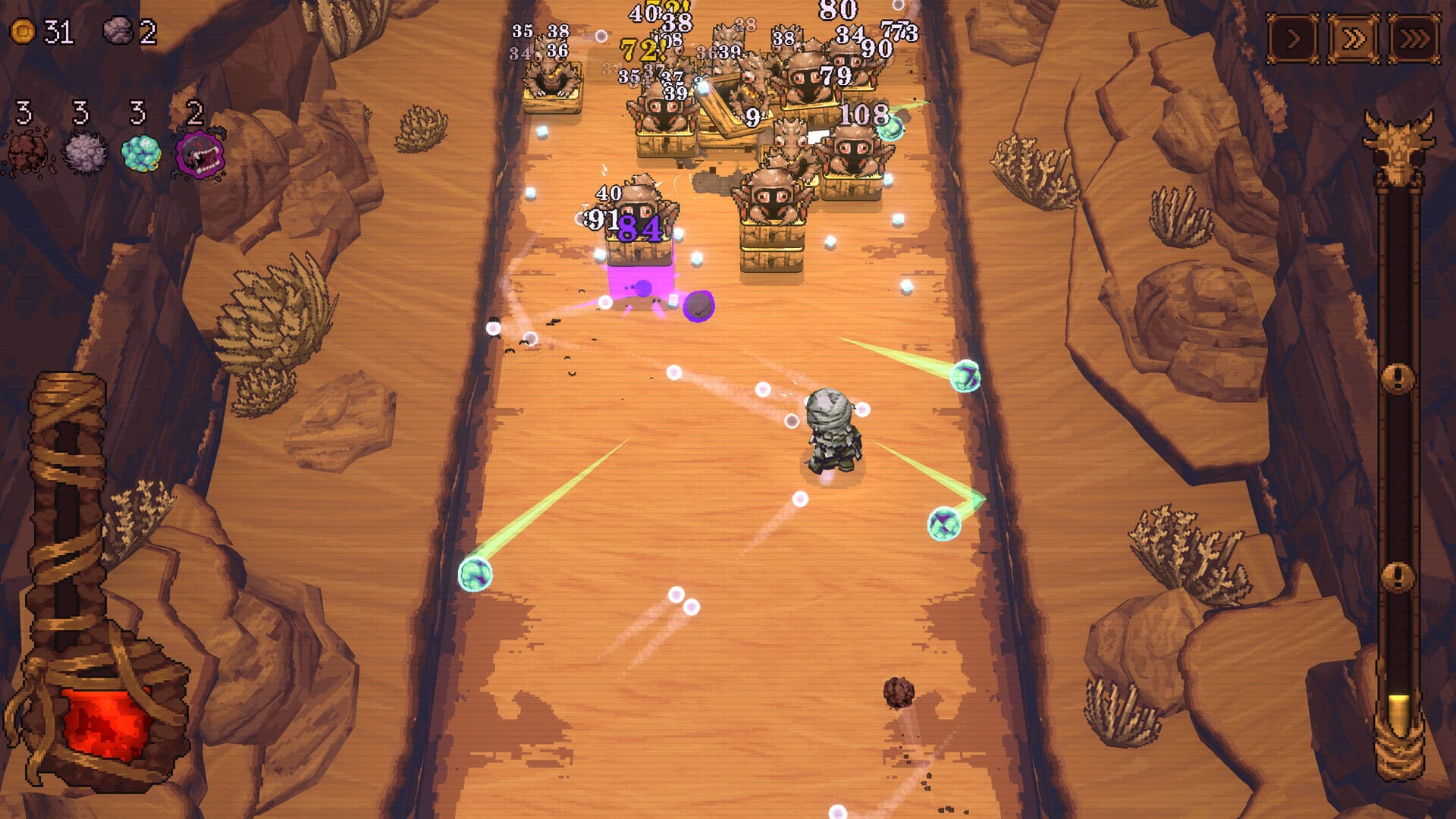
Developed by Kenny Sun and published by Devolver Digital, Ball x Pit is an action roguelite with light citybuilding elements. In requisite elevator-pitch video-game-comparison-speak, this is Vampire Survivors meets Breakout meets Space Invaders meets [insert relevant citybuilder here] (sorry, I’m not familiar enough with the genre to know what this game is aping). There’s a large emphasis on the lite part of roguelite; runs never take more than 15 minutes and you’ll almost always be rewarded with at least minor permanent improvements, win or lose. The loop is fast, satisfying, and filled with just enough variation that you can vaguely plan your runs out beforehand, but have to adapt to whatever upgrades you’re given.
You start each run playing as one (or, later, two) of 15 total characters, each with a different initial ball type and game-changing quirk (including not one but two characters who play the game for you, a hilarious if slightly baffling inclusion). Gameplay is so simple that it’s a wonder nobody’s thought of it yet: enemies descend from the top of your screen while your character shoots bouncing balls at them until they die. You level up over the course of the stage, improving your balls and adding wacky new ones to your roster. The complexity is contained entirely within the x of Ball x Pit, a mechanic in which different balls can combine with each other to create pre-programmed evolutions or hand-crafted fusions. Discovering which balls synergize with each other is much of where the fun is contained in the early game, building on ideas solidly established in Vampire Survivors.
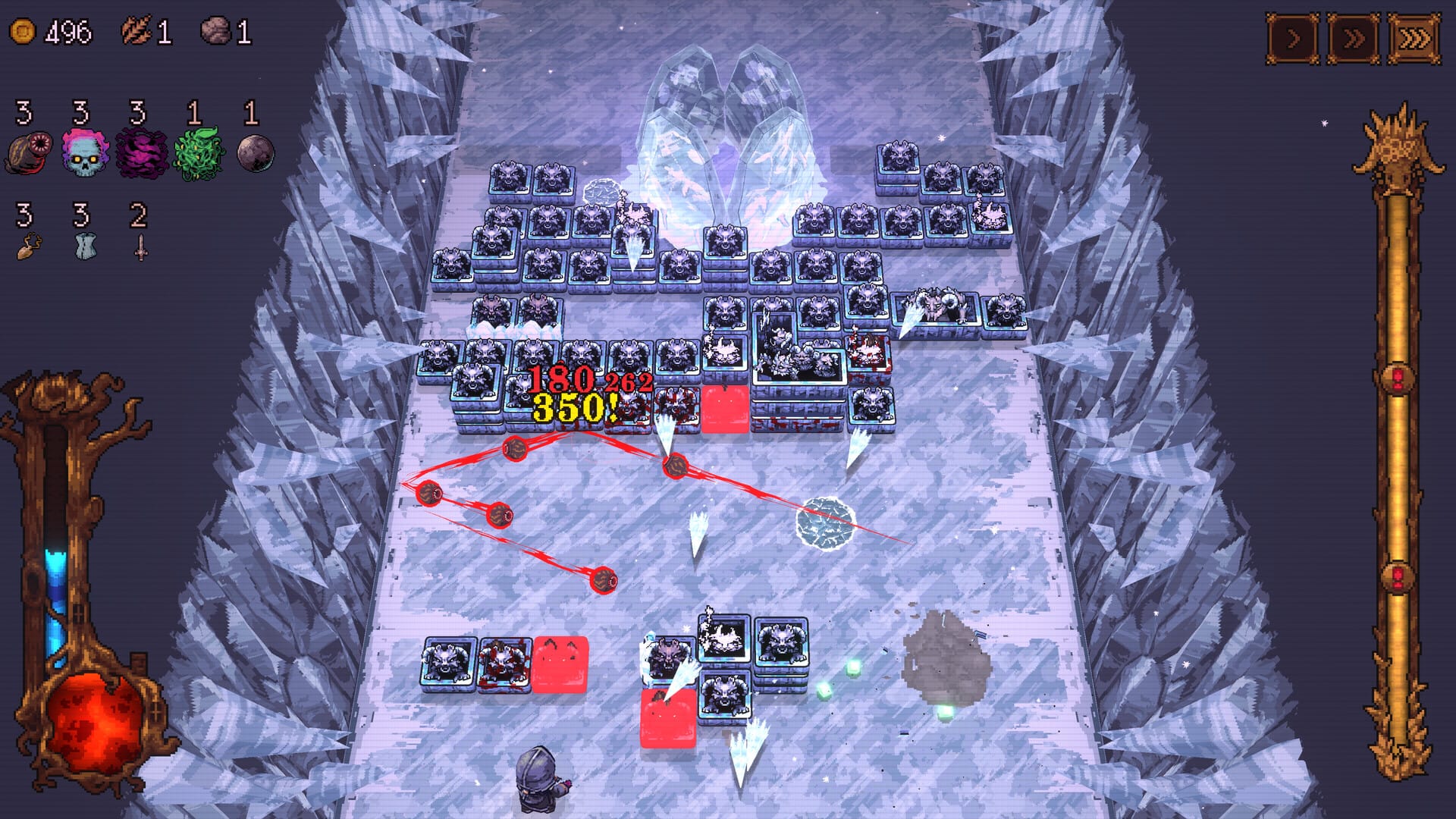
Upon completing a run, instead of being sent to a sterile upgrade screen, you’re presented with your own little Kowloon Walled City (in my case, at least). Each stage contains discoverable blueprints for various buildings that can be erected in your town, providing statistical upgrades, unlockable characters, and even entirely new, game-breakingly good mechanics once you get into the late game. To reap the benefits of your town, though, you must marry the game’s seemingly disparate genres. From the bottom of your village, you’ll eject your characters in a single-file line towards your self-placed crops and homes, making them carom across town like a city planner pinball machine. As someone with an acute aversion to the citybuilding genre, I had a shockingly great time with this bizarre splice; there’s something innately gratifying about having your tiny guys ping from one corner of your town to another, making the place come to life little by little.
The game takes on a confident, hypnotic art style, a 3D pixelated aesthetic not done any justice by mere screenshots. Part of what makes the game so addictive is the range of artistic choices that elevate otherwise mundane actions. Fusing or evolving balls creates a psychedelic vortex that never gets old despite occurring a handful of times per run, and certain special balls are packed with absurdly gratifying distinct effects (the Nuclear Bomb being my preferred method of monster decimation). The game’s ending turns the shroom-trip up to 11, cleverly committing to the motif that does plenty to set the game apart from the plethora of others like it. A stellar soundtrack ties the whole thing together, perfectly complementing Ball x Pit's neon trippiness.
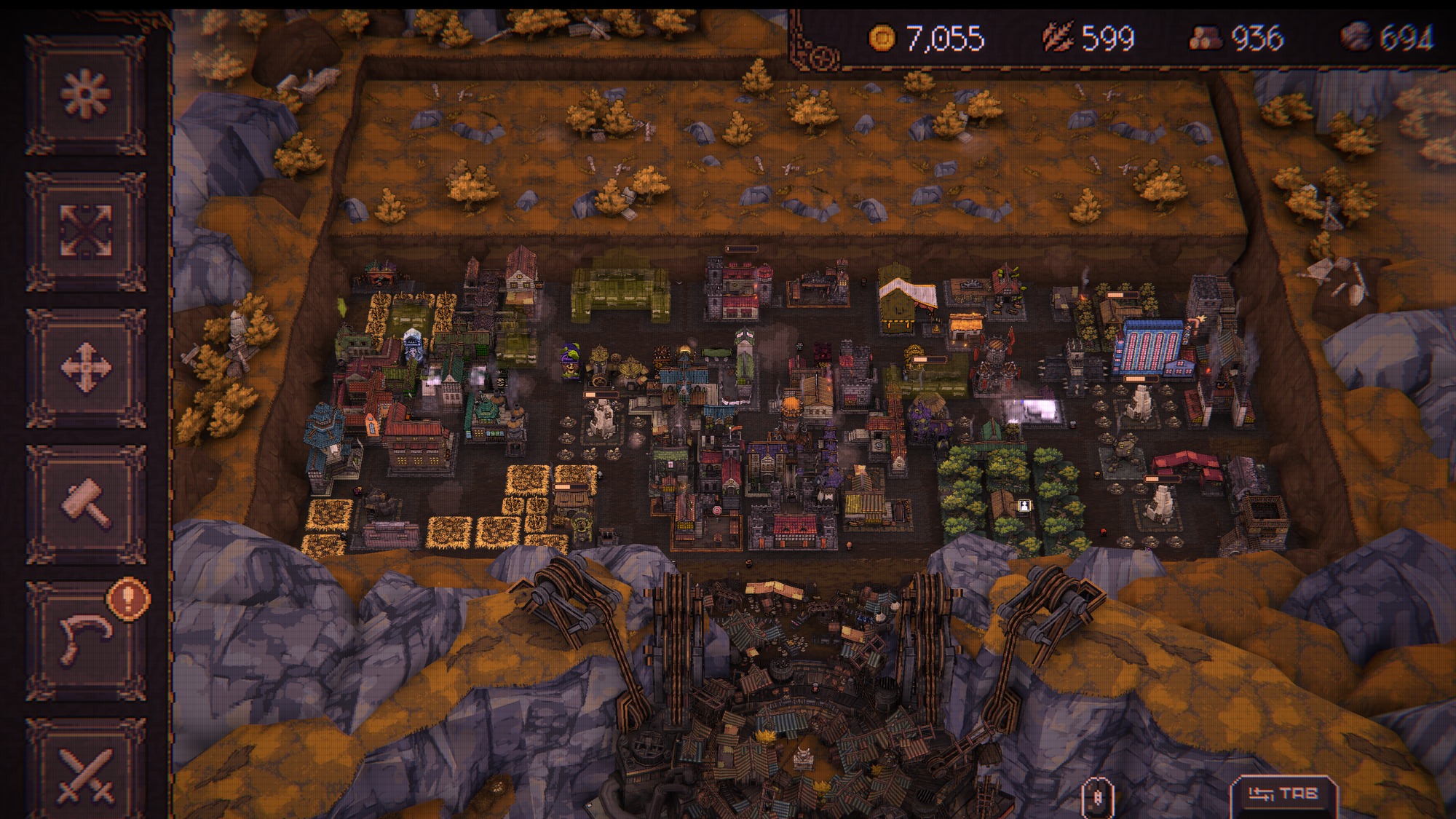
I’ve done nothing but praise this game so far. I think it’s excellent. But there’s a nagging, obnoxious devil on my shoulder that has me burdened with a philosophical question: what is my job as a critic? This game in particular puts me in a weird position. Unlike many of my fellow writers who do this whole criticism thing for a living, playing this game quite literally as their job, I was playing this game while bored at my completely separate place of employment. I think this fundamentally changes the dynamic I had with the game - but not necessarily in a bad way.
When I reviewed Ninja Gaiden 4, I will admit that I struggled to finish the game by the embargo. Between my job and my lovely girlfriend and our new dog and my Blue Jays being in the playoffs, I found myself without much time to play games. Ninja Gaiden 4 is not an especially lengthy game, and yet I felt like I was having to plan my weeks around when I would be able to play. In a sense, it felt like another job - which is not how the average person feels while playing a video game. I couldn’t help but wonder if my criticisms came from a place of genuine frustration, or if I were simply suffering the symptoms of playing a good game in a way that I wouldn’t normally play it. Maybe all that Subway Surfers nonsense isn’t so bad when it’s spaced out across manageable 1-2 hour sessions over the course of a month.
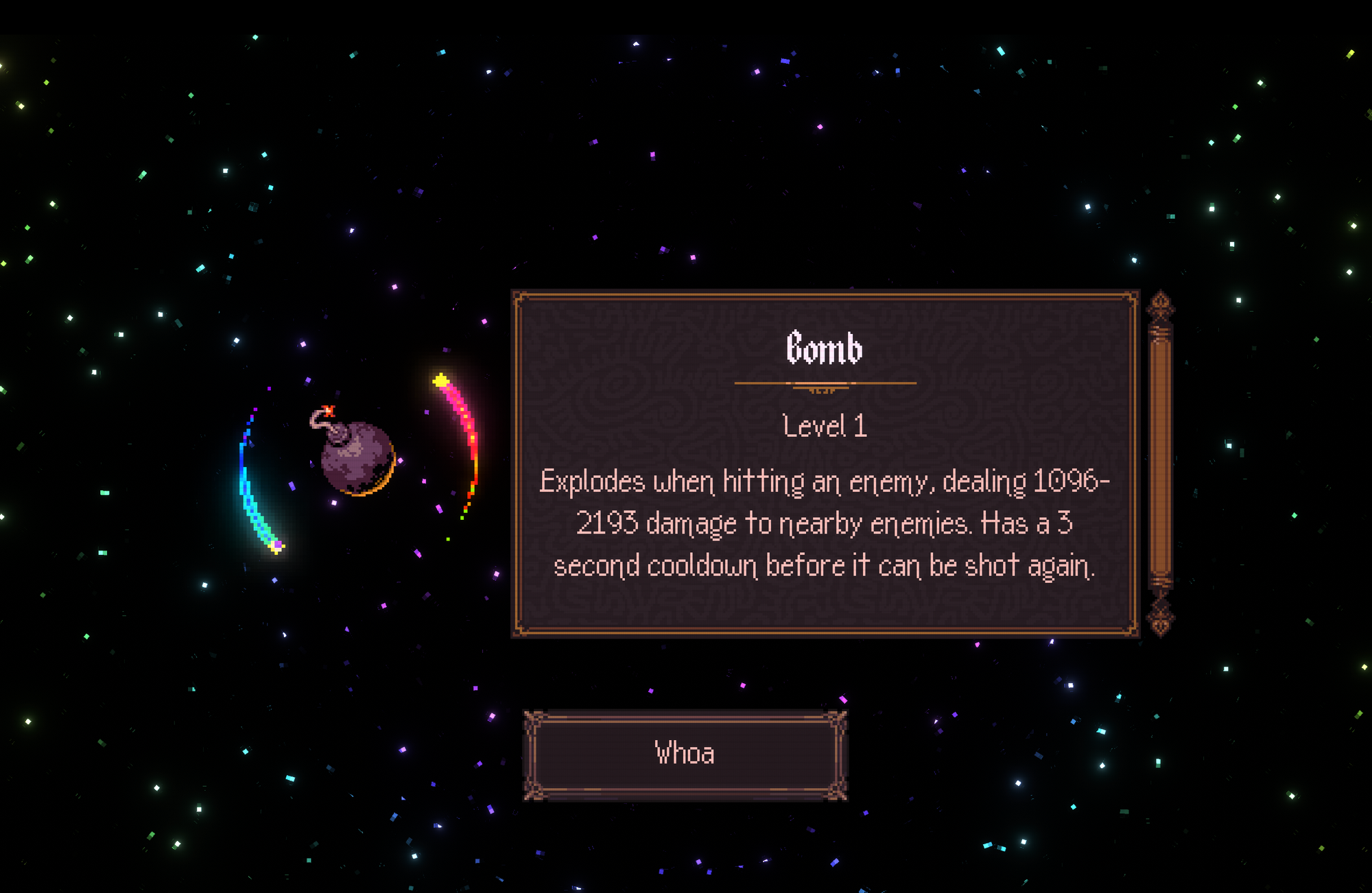
Ball x Pit is, in every possible sense, the exact opposite situation. I never once had to carve hours out of my day for it; my time for Ball x Pit was abundant. The fact that the game is available on Mac is an absolute game-changer; if it weren’t, I would’ve had to play it on my Steam Deck - which I am, understandably, hesitant to bring to my office. I have to at least pretend to be working. Its position as a time-filler rather than a game I need to schedule timeslots for automatically makes it more desirable; there’s no feeling of obligation. And so I find myself irrefutably biased, influenced by elements entirely outside the quality of the games themselves.
Let’s return to the question, though: is it my duty to review games based on the average experience of the player, or on the decidedly different experience of the critic? I played Ninja Gaiden 4 like a critic; I played Ball x Pit like a player. I played Ball x Pit so much and with such rigorousness that I entirely avoided a common criticism leveled at the game; that progression often slows with little rhyme or reason. I never reached such a point since I took great pleasure in beating each stage with each character before moving on, resulting in a far smoother difficulty curve. In fact, the game might’ve gotten too easy: I literally never died to the final boss of a stage, and the mid-to-end game was a cakewalk relative to the first fistful of runs. So am I poorly representing critics, many of whom will understandably take a less leisurely approach? Am I more accurately representing the game for normal players, the ones who are able to take their time and do runs at their own pace, thereby making my review more relatable? Which is better? Does it matter? Am I overthinking this far too much and exposing some of my critical insecurities? All of the above?
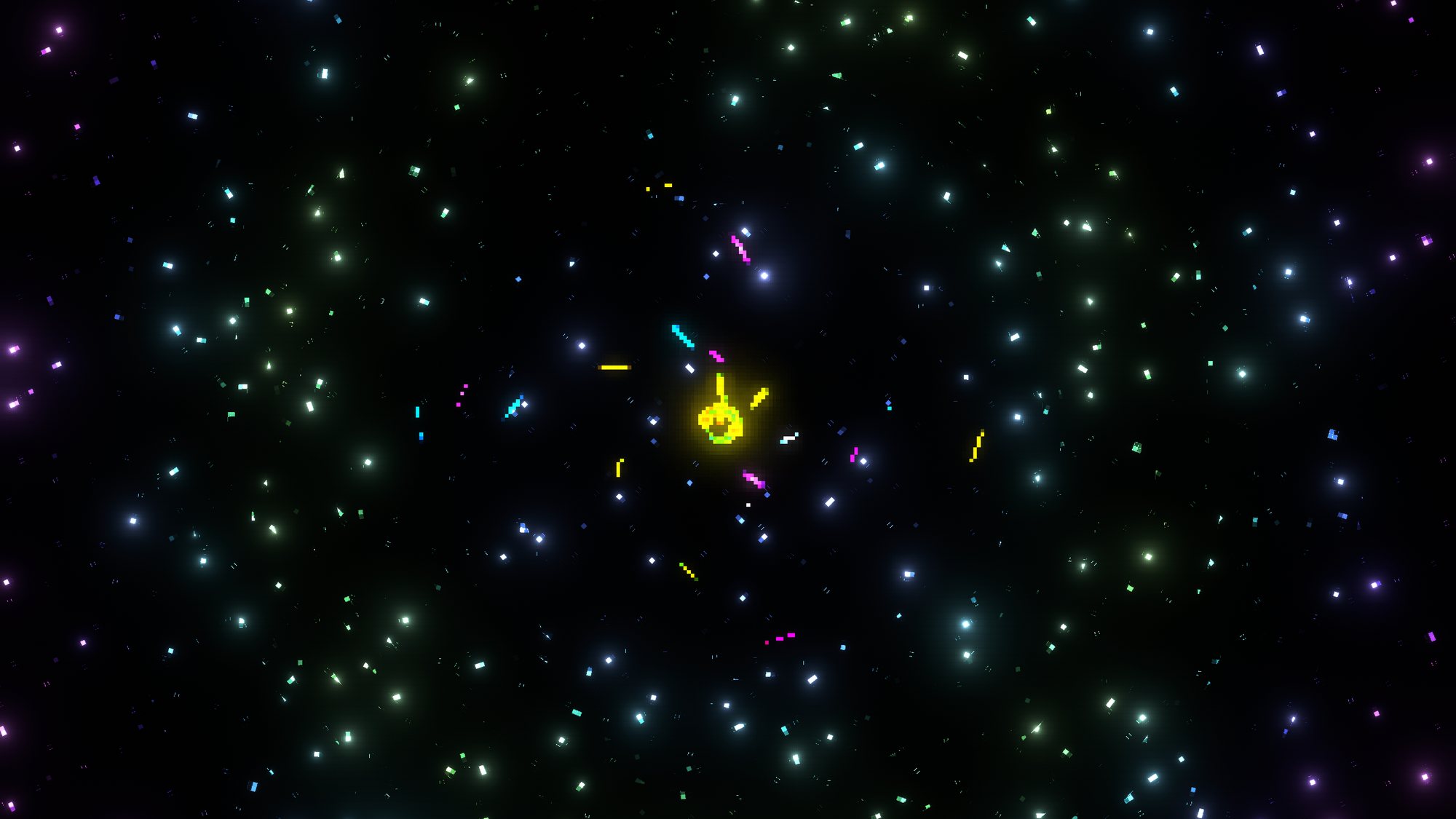
I think the answer is obvious - I’m just one critic with one perspective, and as long as I believe what I say and I don’t misrepresent where I’m coming from, my thoughts are no more or less valid than another critic’s. Ultimately, I’m not here to tell you whether or not I think you should play a game, I’m here to entertain and start a conversation. If you just wanted a recommendation, you could check the Metacritic score and make your decision right then and there. But reviews can and should provide more; it’s our duty to transcend the number that, let’s be honest, most readers will immediately scroll down to. The job of the critic is to entertainingly present a point of view worth considering. I can only hope that mine succeed in doing so.
Ball x Pit
Excellent
Ball x Pit is a phenomenal evolution of the Vampire Survivors formula, combining clashing genres into a satisfying whole. It also gave me an existential crisis, for what that’s worth.
Pros
- Addictive, quick gameplay loop
- Hypnotic visuals
- Diverse character roster
Cons
- A difficulty curve that may be too steep or too flat, depending on your playstyle
This review is based on a retail PC copy provided by the publisher.
